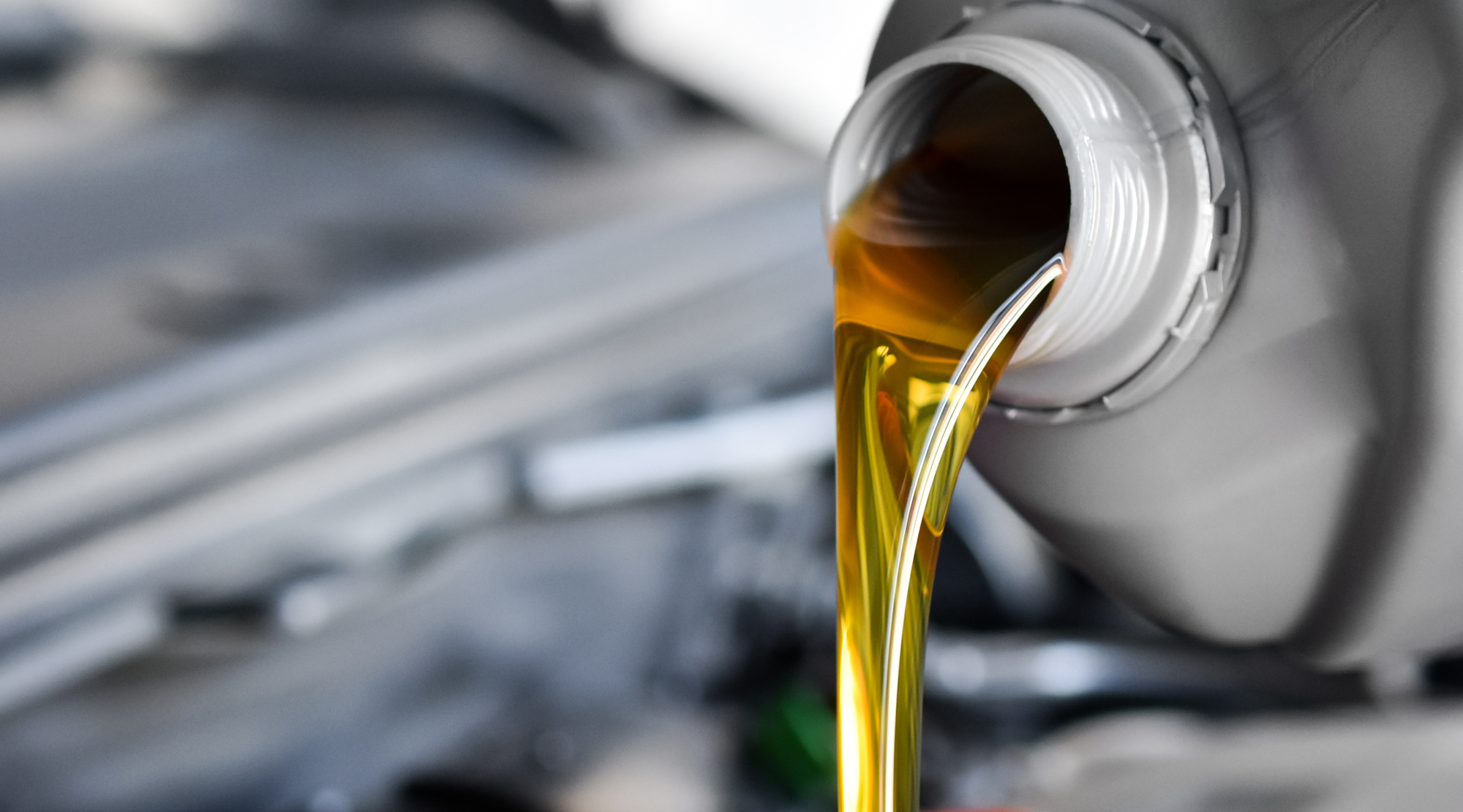Oil changes are the most frequent routine auto maintenance task. These six-monthly changes can run you up to $150. This may seem like a high price tag, but avoiding regular oil changes leads to more problems, which can cost far more!
Fortunately, understanding how to change oil can keep costs down.
You might be wondering how to change car oil yourself. Or, you may just want to understand what your mechanic is doing under the hood.
Either way, this article is for you. Keep reading to learn what happens during an oil change.
Lift Your Car
Jacks, ramps, lifts — however you do it, the first step in changing your oil is getting it off the ground. If you’re DIY-ing this step, safety is your first priority. You don’t want your car to roll or slip off of your lift system while you’re underneath it.
Drain the Oil
Next, you’ll need to locate your car’s oil pan. Place a large container underneath it and unscrew the cap. Hold on to the cap as you unscrew it, otherwise, you may drop it into the oil.
Tip: the oil circulates through your car as it runs, becoming hot. Wait at least one hour after driving to drain your car’s oil. This ensures that you don’t get burned by hot oil splashes.
Allow the oil to drip out of the oil pan for several minutes.
Change the Filter
Oil change services should include removing and replacing the oil filter. The oil filter is usually a brightly colored cylinder about the size of your fist.
Depending on your car’s model, you may be able to access it from underneath your car. Other cars require you to access it through the hood. Unscrew the filter and replace it with a new one of the same type.
Refill Your Oil Pan
To complete your oil change, screw the plug back onto the drained oil pan. Then, refill your oil system with fresh oil.
Most cars require at least a gallon of oil, so make sure you purchase enough in advance. Always check your car’s manual to make sure you buy the right viscosity (thickness) of oil.
Don’t Forget the Extras
Your six-monthly oil change is the perfect time for other minor car maintenance services. If you’re taking your car to a professional for a quality oil change, ask your mechanic to:
- Top up your windshield wiper fluid
- Check your brake fluid levels
- Check your headlights and brake lights
- Lubricate your car’s chassis
- Check for problems and wear-and-tear on belts, windshield wipers, undercarriage, and other vulnerable places
Your mechanic will catch small problems before they become big ones.
No-Stress Oil Change
There you have it: everything that happens during an oil change. With this guide, you’ll be able to understand what your mechanic is charging you for every six months. Even better, you’ll have the confidence to change your oil yourself in a pinch!
You can do more to take care of your car than you think. Want to learn more about DIY car maintenance? Click through to the rest of our blog — you’ll find beginner-friendly how-tos so you can get started on repairing your own car.

